Jacksonville, Fl. — The “Buresh Bottom Line”: Always be prepared!.....First Alert Hurricane Preparation Guide... City of Jacksonville Preparedness Guide... Georgia Hurricane Guide.
STAY INFORMED: Get the * FREE * First Alert Weather app
FREE NEWS UPDATES, ALERTS: Action News Jax app for Apple | For Android
WATCH “Preparing for the Storm”
WATCH “The Ins & Outs of Hurricane Season”
READ the First Alert Hurricane Center “Preparation Guide”
Federal Alliance for Safe Homes (FLASH) * here *.
***** ALWAYS CHECK & RE-CHECK THE LATEST FORECAST & UPDATES! ****
Tropics threats for Jacksonville/NE Florida/SE Georgia: None.
“Buresh Bottom Line”:
* There is no named storm aimed at the U.S. this week through the weekend through next week!
* Potential tropical cyclone fifteen is over the far Western Caribbean.
* Tropical wave over the SW Atlantic is moving toward Hispaniola.
* “Mighty Milton” - Buresh Blog - recap of the hurricane including the forecast.
* “The Hell that was Helene” - Buresh Blog.
The Atlantic Basin Overview:
(1) The tropical wave - ‘L-94′ continues to produce a “ball” of moderate convection while moving swiftly toward the west to the north of Puerto Rico. This wave will bring some gusty showers & t’storms to Puerto Rico through early Saturday... & to Hispaniola & perhaps Cuba over the weekend. The overall environment is not particularly hospitable for tropical development with increasing shear & - especially - overall sinking air across a good part of the Atlantic Basin. Helping to “protect” the Lower 48 is a strong upper level trough that is driving a strong cold front deep into the Gulf & SW Atlantic.
The ‘HorizonAI’ global model - the First Alert Weather Team is one of the few in the world with access to this model & a model that was pretty solid for Helene & Milton - has been steadily weak with this tropical wave.
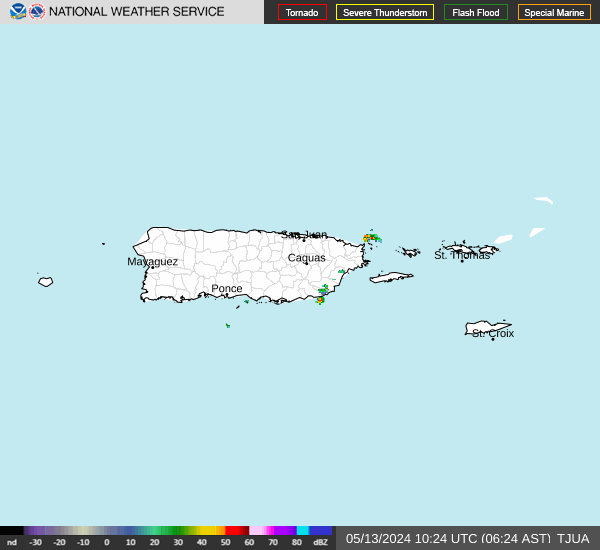
(2) Disturbance ‘95-L’/’Potential Tropical Cyclone Fifteen’ (PTC 15) has caused an increase in convection over the Western Caribbean with low pressure trying to become more organized while “jumping” around a bit as convection pulses. This low will move ashore Saturday so has limited time to become more organized, but it’s possible a tropical depression or storm (”Nadine”) could form before moving inland Saturday over Belize & the Yucatan Peninsula while moving west/northwest. Flooding & mudslides will be a threat for Belize, Honduras, Guatemala & Nicaragua & nearby areas into the weekend.
A Tropical Storm WATCH: Belize City to Tulum






Climavision ‘HorizonAI’ global model is below & has been a good “steady eddy” & compromise between other models this hurricane season. The forecast map below is for early Sat., Oct. 19th showing ‘94-L’ nothing more than a weak open wave in the vicinity of Hispaniola. The model now shows a depression or low end tropical storm moving into Belize. The ‘Horizon’ does develop a tropical cyclone over the Southwest Caribbean toward the end of the month - Wed., Oct. 30 - an area strongly favored late in the hurricane season... not to mention a “hot spot” this season.

‘Velocity potential anomalies’ below shows “sinking” air (brown lines) across the Atlantic Basin. With sinking air, tropical development can occur but overall conditions are not as conducive as when there is overall rising (green lines) air where convection is active. An upward “pulse” over the Atlantic is due again in Nov.
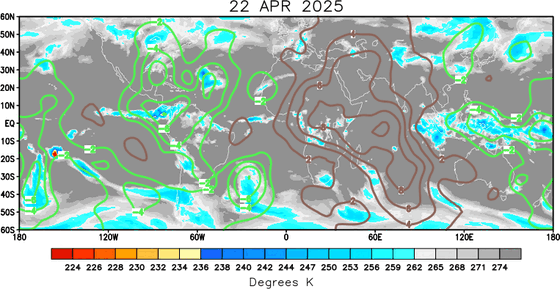
Milton track & winds last week:

Remarkable accuracy by the Nat. Hurricane Center with the very first advisory issued Sat., Oct. 5th for Milton’s landfall 4 1/2 days later:
REMEMBER WHEN A TROPICAL STORM OR HURRICANE IS APPROACHING: Taping windows is *not* recommended & will not keep glass from breaking. Instead close curtains & blinds.
Realize the forecast cone (”cone of uncertainty”) is the average forecast error over a given time - out to 5 days - & *does not* indicate the width of the storm &/or where damage might occur.
The upper oceanic heat content (UOHC) [tropical cyclone heat potential/TCHP] across the SW Atlantic, Gulf & Caribbean is very high:
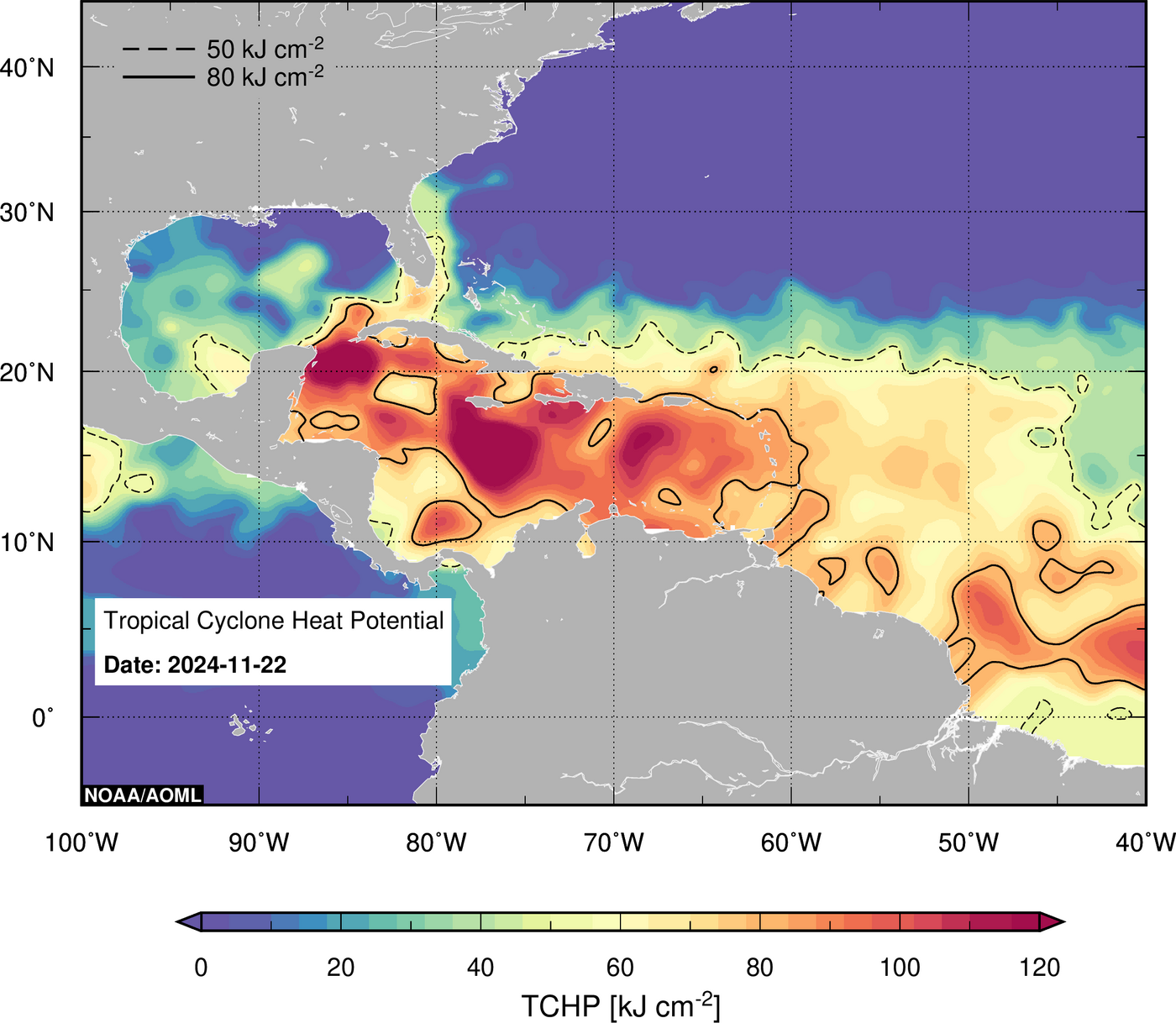
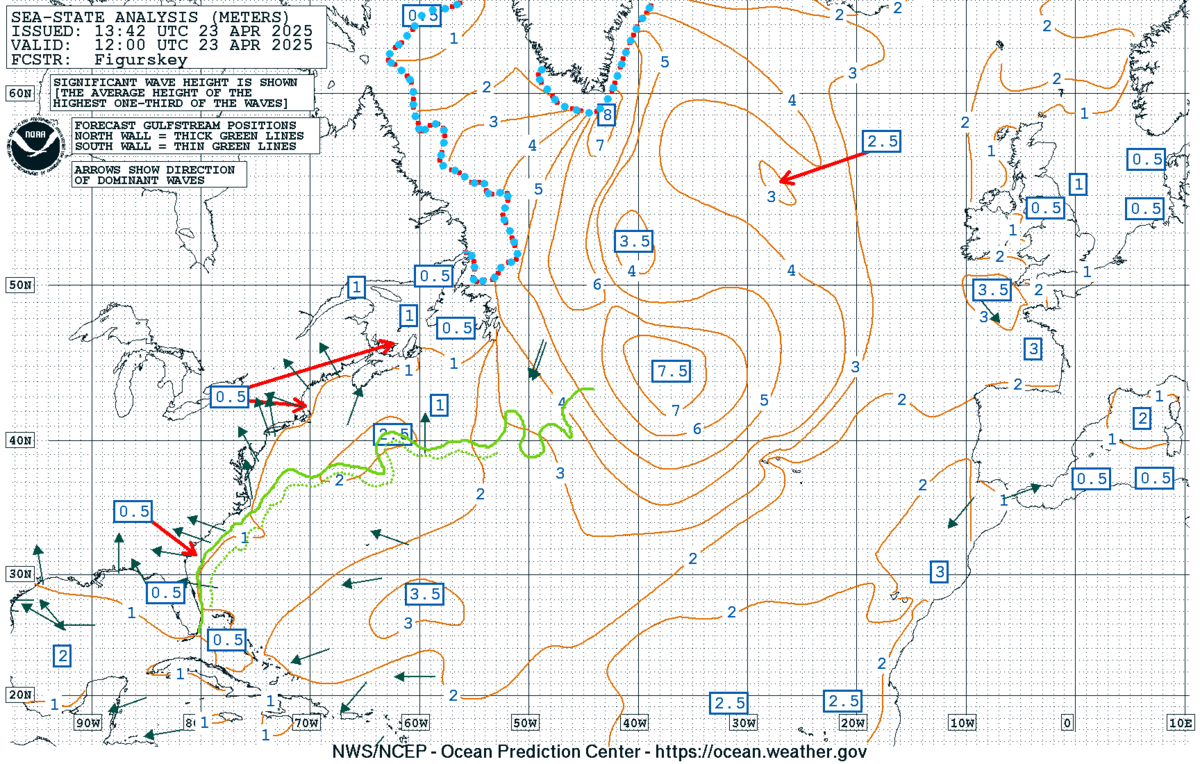




Water vapor loop (dark blue/yellow is dry mid & upper level air):


October tropical cyclone origins:
Averages below based on climatology for the Atlantic Basin for October:
Wind shear (red - strong shear; green - low shear):



Saharan dust spreads west each year from Africa driven by the prevailing winds (from east to west over the Atlantic). Dry air = yellow/orange/red/pink. Widespread dust is indicative of dry air that *can* interfere with the development of tropical cyclones. However, sometimes “wanna’ be” waves will just wait until they get to the other side of - or away from - the dust plume then try to develop if other conditions are favorable (we’ve already seen this with Beryl & Debby this year). In my personal opinion, there is way too much “hoopla” about the presence of Saharan dust & how it relates to tropical cyclones. In any case, the peak of Saharan dust typically is in June & July.

2024 names..... “Nadine” is the next name on the Atlantic list (names are picked at random by the World Meteorological Organization... repeat every 6 years). Historic storms are retired [Florence & Michael in ’18 (the last time this year’s list was used)... Dorian in ’19 & Laura, Eta & Iota in ‘20, Ida in ‘21 & Fiona & Ian in ‘22]). In fact, this year’s list of names is rather infamous because of the ‘04 season when Charley, Frances, Jeanne & Ivan - all retired names - hit Florida within a matter of about 6 weeks. The WMO decided - beginning in 2021 - that the Greek alphabet will be no longer used & instead there will be a supplemental list of names if the first list is exhausted (has only happened three times - 2005, 2020 & 2021). The naming of tropical cyclones began on a consistent basis in 1953. More on the history of naming tropical cyclones * here *.

Hurricane season climatology:




East Atlantic:





Mid & upper level wind shear (enemy of tropical cyclones) analysis (CIMMS). The red lines indicate strong shear:
Water vapor imagery (dark blue indicates dry air):

Deep oceanic heat content over the Gulf, Caribbean & deep tropical Atlantic. The colors will brighten greatly as the water warms to greater depths deeper into the season:

Sea surface temp. anomalies:
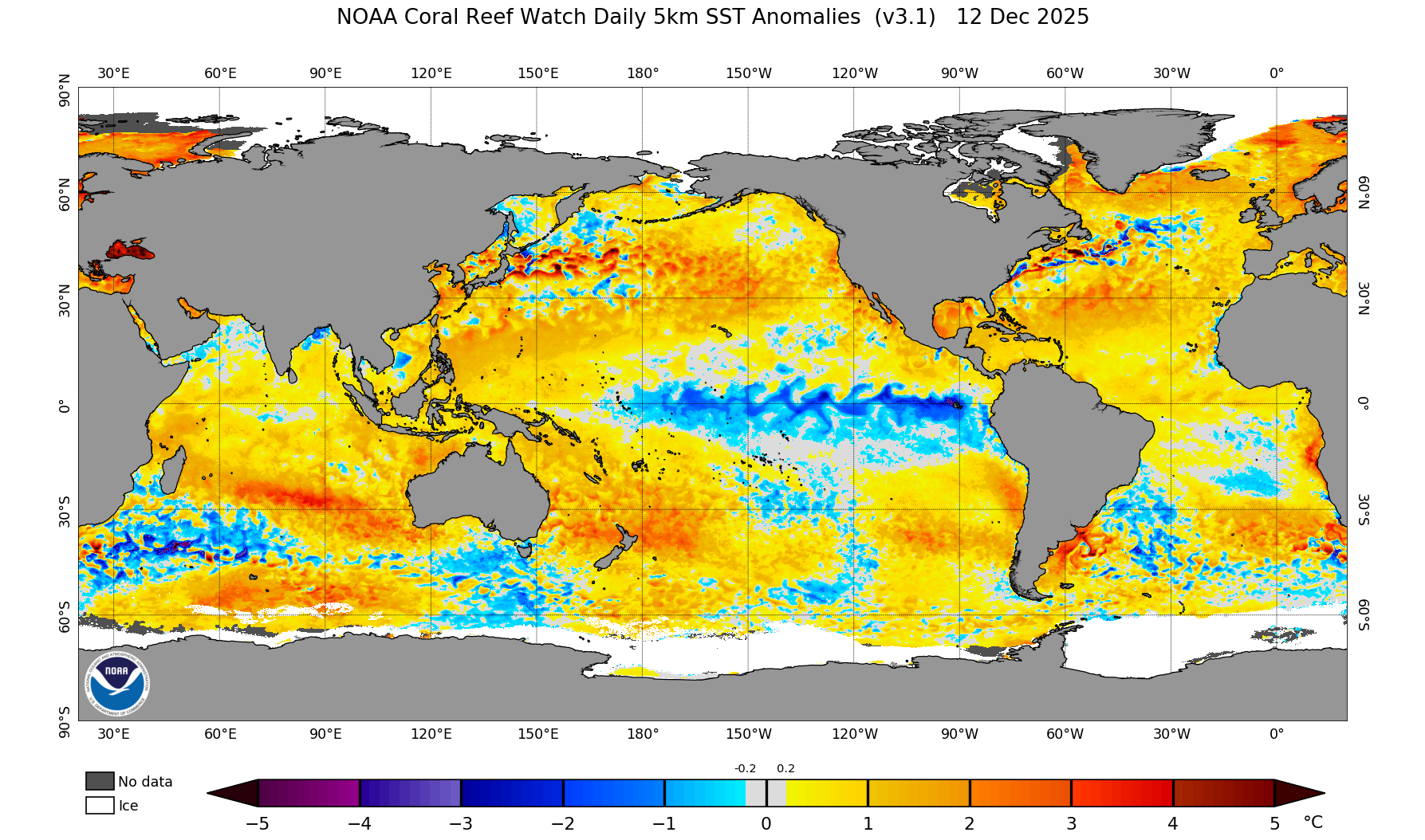

SE U.S. surface map:

Surface analysis centered on the tropical Atlantic:

Surface analysis of the Gulf:

Caribbean:

Atlantic Basin wave period forecast for 24, 48, 72 & 96 hours respectively:



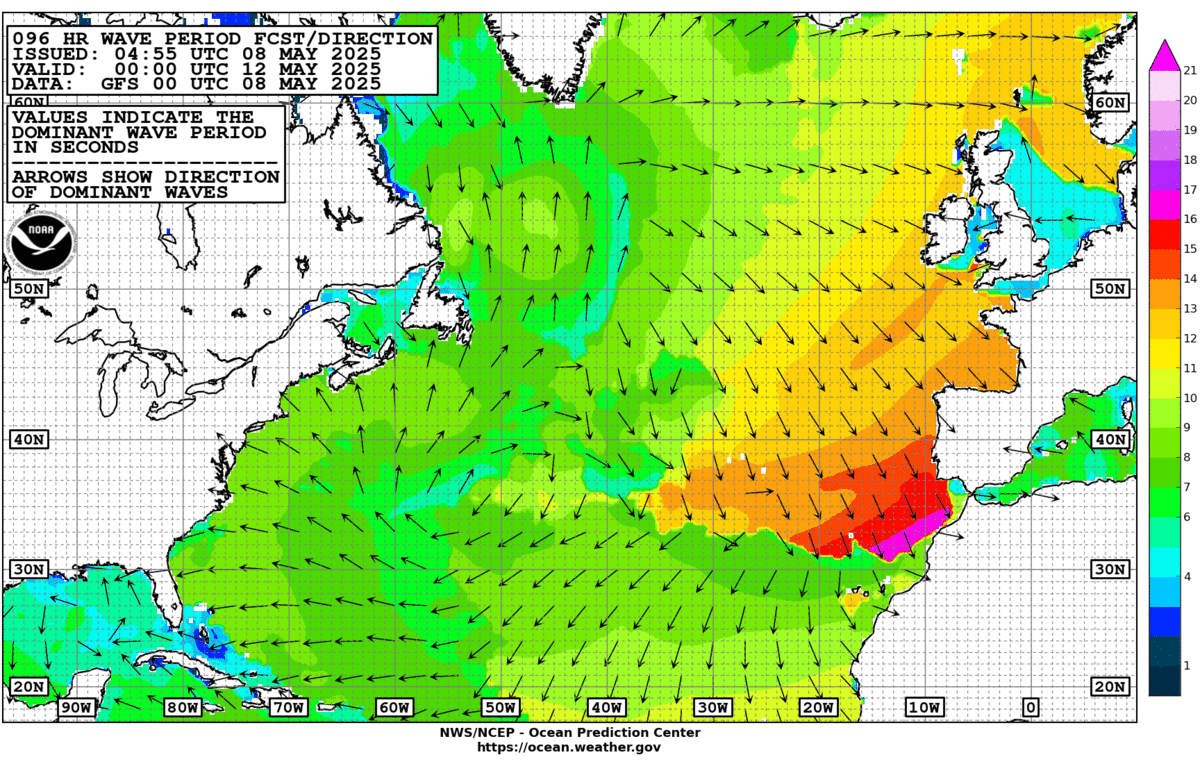

East & Central Pacific:




Central Pacific:
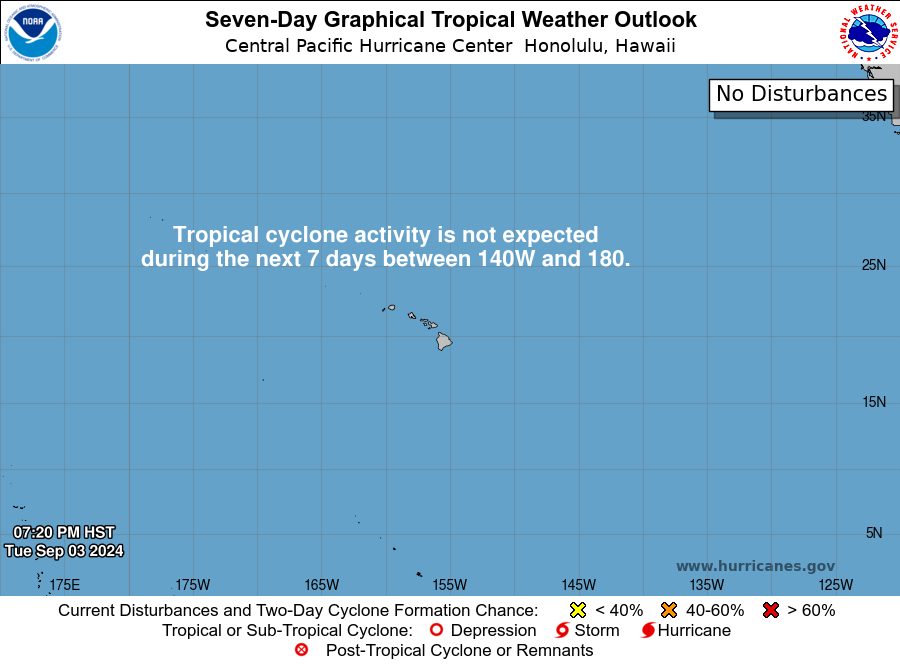
Hawaii satellite imagery:

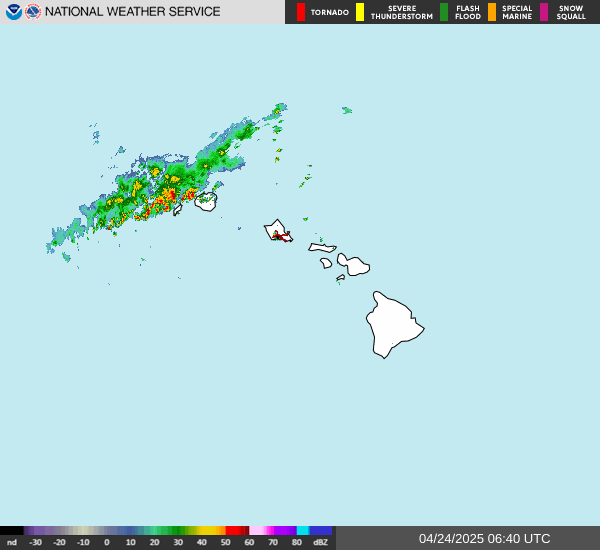
West Pacific:

Global tropical activity:

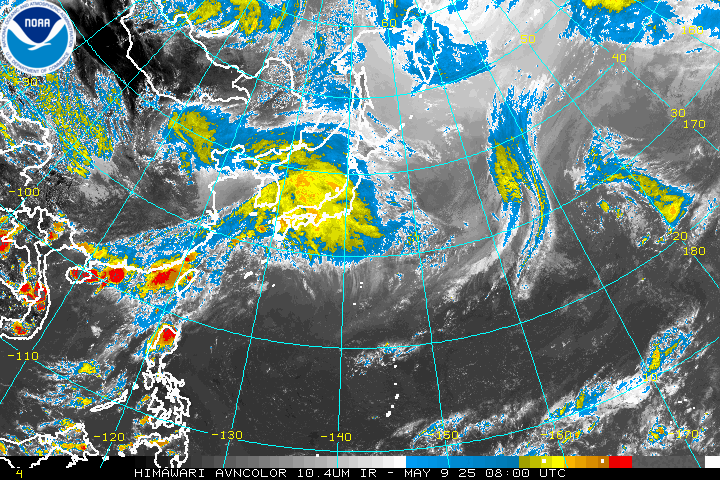
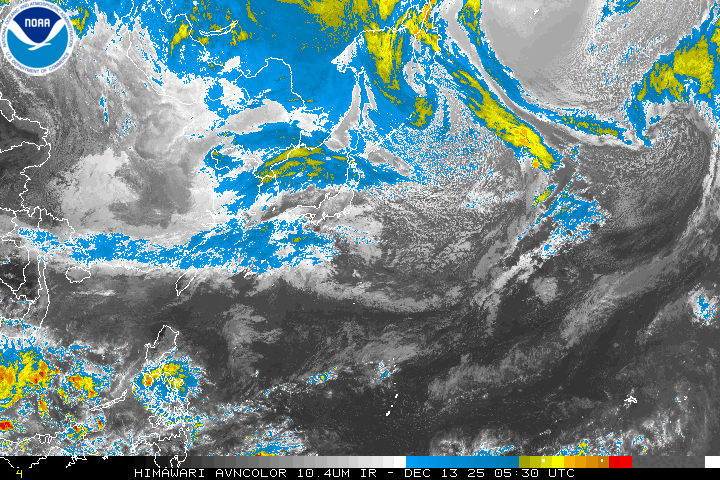
Cox Media Group
:quality(70)/cloudfront-us-east-1.images.arcpublishing.com/cmg/JIFG55NSN5HKZK6LKEZ4C7UU5I.jpg)
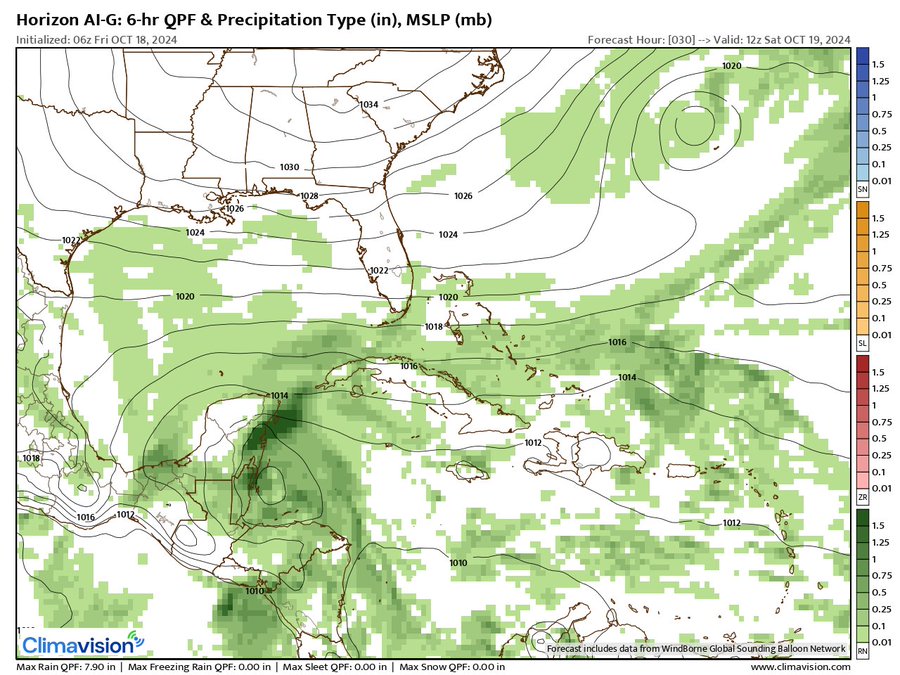
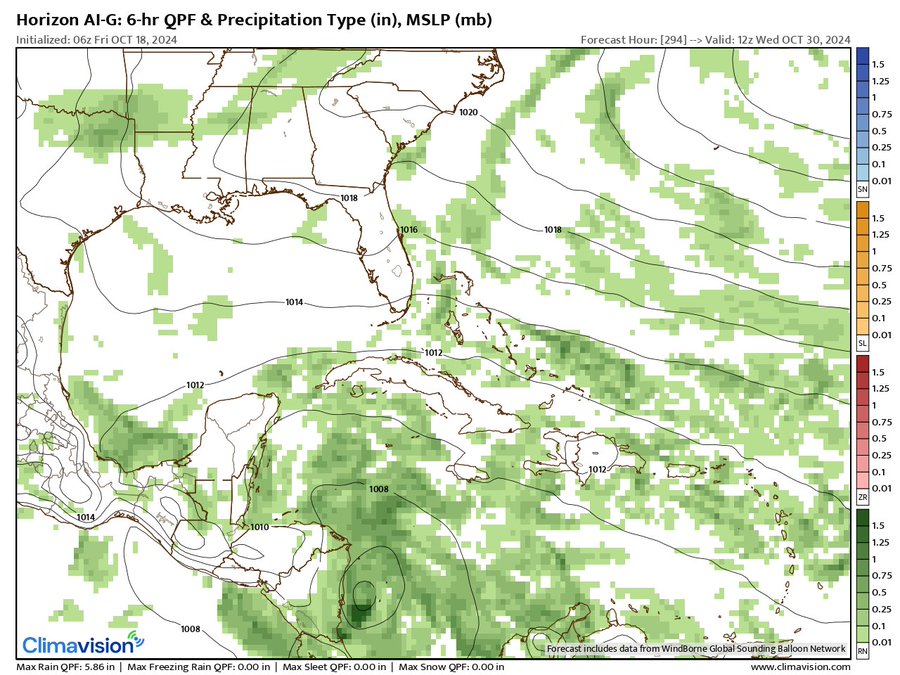
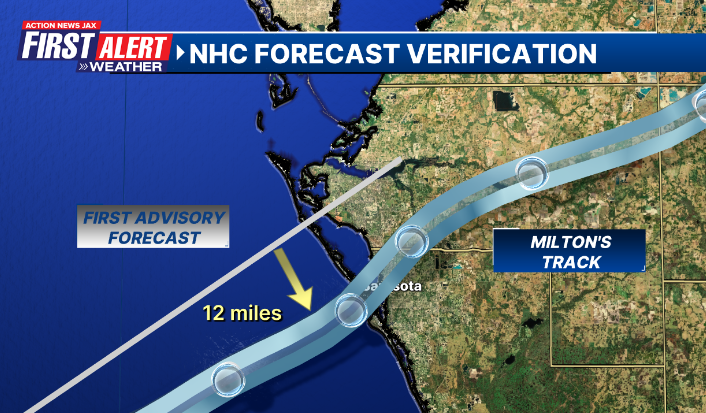




:quality(70)/d1hfln2sfez66z.cloudfront.net/11-06-2024/t_1c137fb9bbd848fe9e93acaeb1b7a830_name_file_960x540_1200_v3_1_.jpg)
:quality(70)/d1hfln2sfez66z.cloudfront.net/11-06-2024/t_012c1143964f44899b9c994a6ef145dc_name_file_960x540_1200_v3_1_.jpg)
:quality(70)/cloudfront-us-east-1.images.arcpublishing.com/cmg/6XD7IMKGJ5EGHA2PLZZEBC2JU4.jpg)
:quality(70)/cloudfront-us-east-1.images.arcpublishing.com/cmg/HXHFLBL5JFOLU7C3MSBYIJ6P3Y.jpg)
:quality(70)/cloudfront-us-east-1.images.arcpublishing.com/cmg/MO723SI3GJC77OBI5ZY345R63E.jpg)